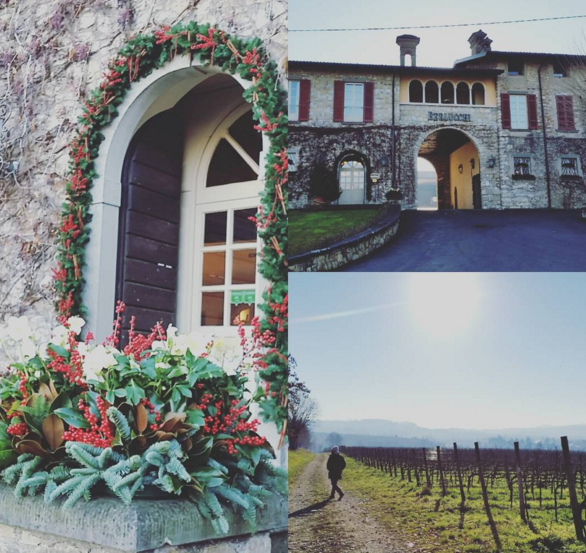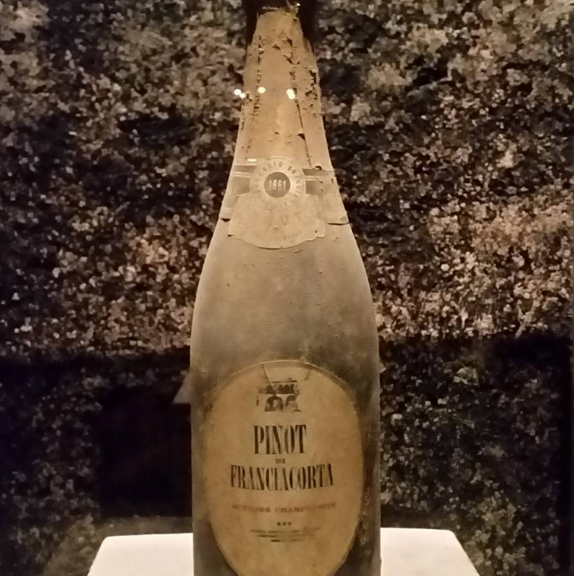The history of Berlucchi, the well-known Italian sparkling wine, is strictly connected to the engaging events experienced by the company that has the same name, and which is today on the top of the global oenology.

The company was born in 1961, thanks to the lucky encounter between Guido Berlucchi, young countryman who was producing a simple wine called “Pinot del Castello” and Franco Ziliani, an ambitious winemaker, led by great dreams and expectations, who was interested in the idea of producing bubbly wine already at a early age, but he would have never imagined to reach such a great success.
The Beginning.
The wine produced by Berlucchi with dedication and ambition, using grapes cultivated close to the Borgonato castle, presented unfortunately a problem of stability: once bottled, it tended to roil. And at this point Ziliani other than solving the inconvenience, confessed to Berlucchi his lifelong dream: to produce wines similarly to the French Champagne, high quality sparkling wines which can compete with the centuries-old French tradition.
The challenge was really ambitious even because, until recently, in Franciacorta we could only find very mediocre red wines, impossible to compare to the Champagne, beloved by Ziliani, who decided to start his ambitious project during his wine making training.
The First Italian Bubbly.
Giorgio Lanciani, Guido’s colleague and friend, takes part in the project.
In 1954, the three founded the “Guido Berlucchi & C.” Of course, their project took some time and many attempts before the production in 1961 of their first 3000 bottles of sparkling wine: the “Pinot di Franciacorta”.
The judgements were immediately positives: the product was excellent and it could be compared with French Champagne.
The success of the new Italian wine was so overwhelming that the demand of production raised to the point that we can actually say that a new myth was born: the one of Franciacorta.
The winning characteristic of the product was the perfect price/performance combination: in fact it is Ziliani who believed that the selling point of their sparkling wines was the availability and the accessible price.
Now the production never stops; on the contrary, it continues to grow, thanks to the positive feedback of the consumers. The company can now get rich in new labels and renovate with new knowledge and technology.
The sparkling wine Berlucchi, in its classic variation, is straw-coloured with green reflections. It smells like white flowers and ripe fruits. Its flavour is embracing, fresh and lively.

The headquarters of Berlucchi wine is still today in Borgonato, community of Franciacorta, in the province of Brescia. The wine cellar is open from Monday to Friday (and a weekend per month from April to September) for guided tour and tasting itinerary. Don’t forget that you need to book a week earlier.

